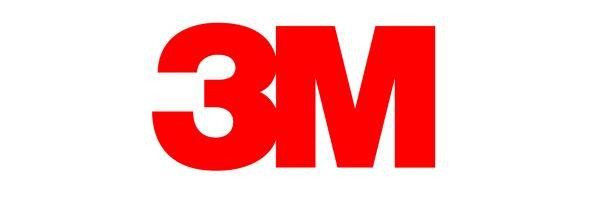The right approach to abrasives can do more than cut material on the vehicles you are working on. It can build up your bottom line as well. You already think about sanding and finishing as an important process of your repair work. As standards and tolerances grow more refined, it’s also time to recognize the economic impact of the way you approach those tasks.
Promoting cost-efficiency at the whole-shop level can start at the microscopic level. For example, the mineral orientation on a cutoff wheel can spell the difference between cutting through material and “plowing” through it. A rough cut not only creates more work, but also adds to heat build-up that shortens the working life of the substrate as well as the abrasive. As shops look for more productivity and savings, sometimes the better option is picking the right solution up front.
On today’s ultrafine basecoat metallic finishes, which provide many challenges in application and blending, even imperfections left behind by prior sanding steps that are hard to see with the naked eye will affect the final quality if you don’t catch them.
That’s just one example of a small distinction that can add up to a big difference. Productivity and financial success in auto body repair depends on efficient workflow, efficient use of resources, and avoidance of defects and additional steps.
Every minute and every choice of consumables matter, and wherever possible, work shouldn’t create more work. But experienced shop owners and repair techs know the places where surface prep and finishing can go wrong: Deep inline scratches in the filler, inconsistent scratch profiles during blend panel prep, and swirling “pigtail” scratches all require extra steps to correct. The extra steps that takes can require more technician time and materials that not only cost you real dollars, but also reduce efficiency in your shop.
“Rework is a huge cost,” says Cary Lund, the co-owner of Fairway Collision and Automotive with two Minneapolis-area locations. “It isn’t only how much it costs to redo a given job, but also the lost revenue of the other jobs you could be doing. One redo might eat up the net profit of that job and the four or five that follow. It’s a huge number.”
Lund also noted that because some techs, like the ones in his shop, work on commission, rework inefficiencies come out of their pockets as well. “Our success relies on them to be successful,” he said.
To help address these needs, 3M™ Cubitron™ II Hookit™ Clean Sanding Abrasives is now available in finer grades (500+ to 1000+). The very wide range of available grades offer discs for coarse body work up to fine sanding of blending areas. These new additions deliver the Cubitron™ II family brand promise of 30% longer life and faster cut compared to conventional ceramic abrasives.
If You Don’t See the Big Picture, You’re Only Scratching the Surface
When all the components in an abrasive system are designed to address those issues, the most efficient step is to bring them together. End-to-end solutions such as the 3M™ Clean Sanding System unite workstations, sanders, abrasives, dust extraction and personal protective equipment into a cohesive solution.[go.3m.com/abrasives-productivity]go.3m.com/abrasives-productivity
An approach like that can mean faster work that delivers better results on the first pass—with less time devoted to rework and cleanup, and a more efficient layout and workstream. To reduce
costly rework due to surface contamination, the 3MTM Clean Sanding System can ensure that these contaminants are eliminated at the start of the job.
“Final sanding is the biggest loss out there,” said John Zankowski, president of Royal Coach Ltd. with three Chicago-area locations. “It’s either a cost to absorb or you collect it from the customer. The economic impact is huge.”



